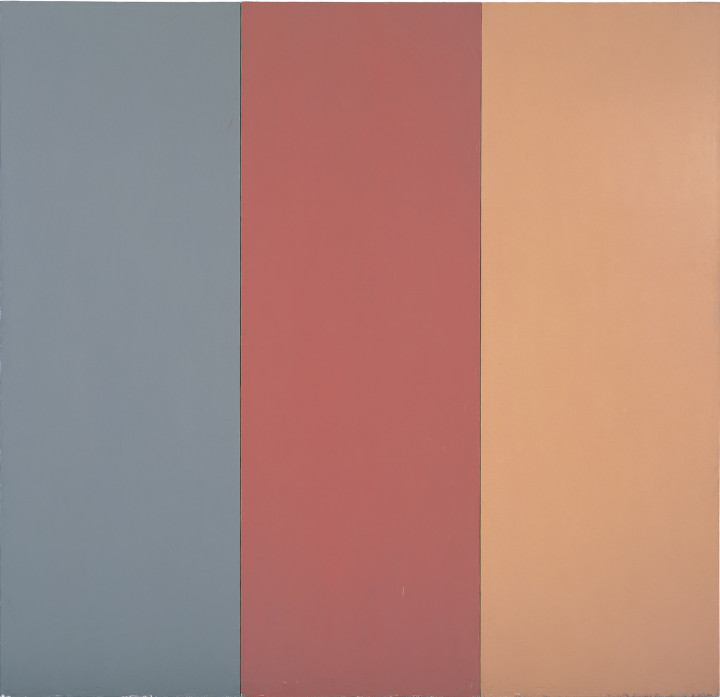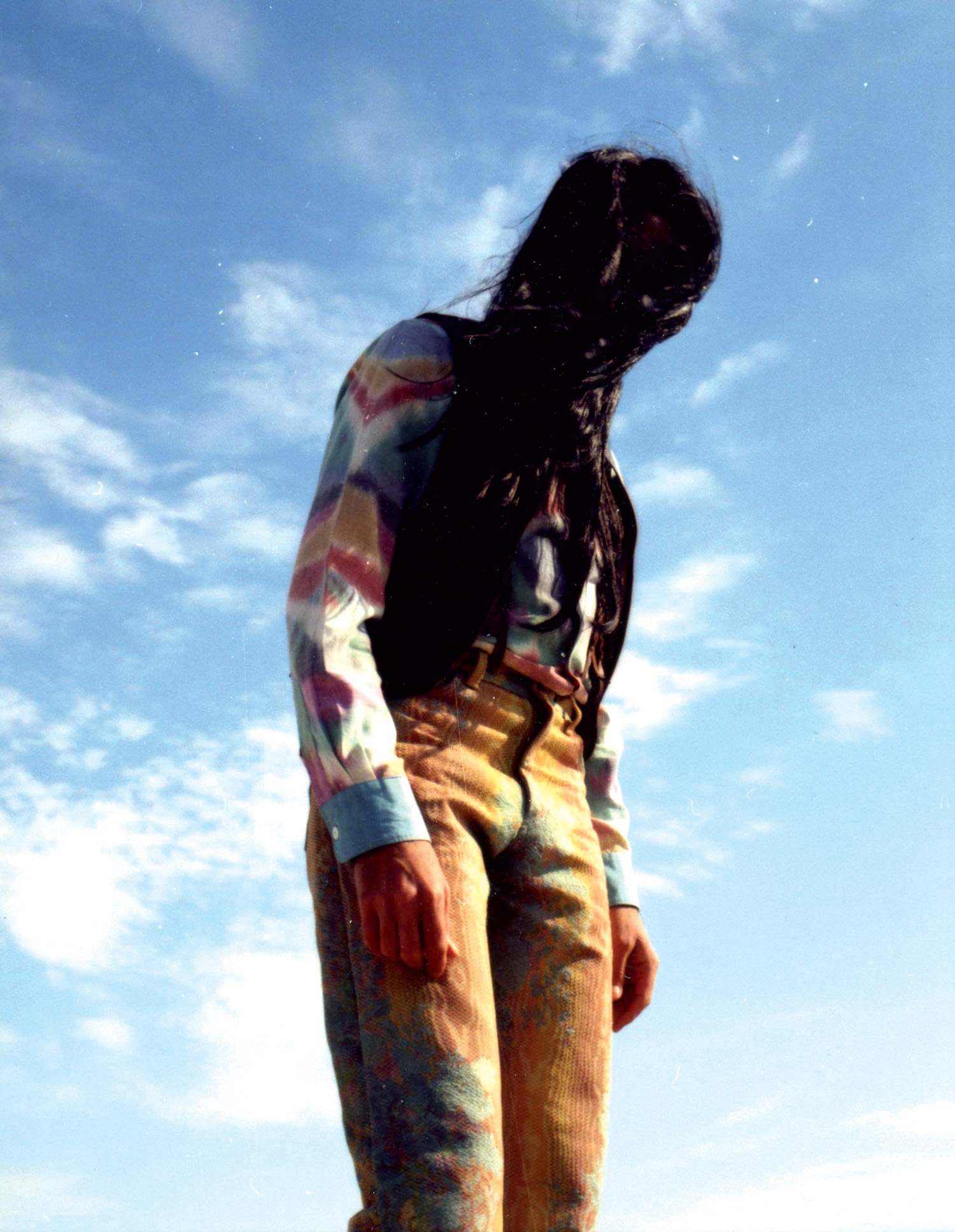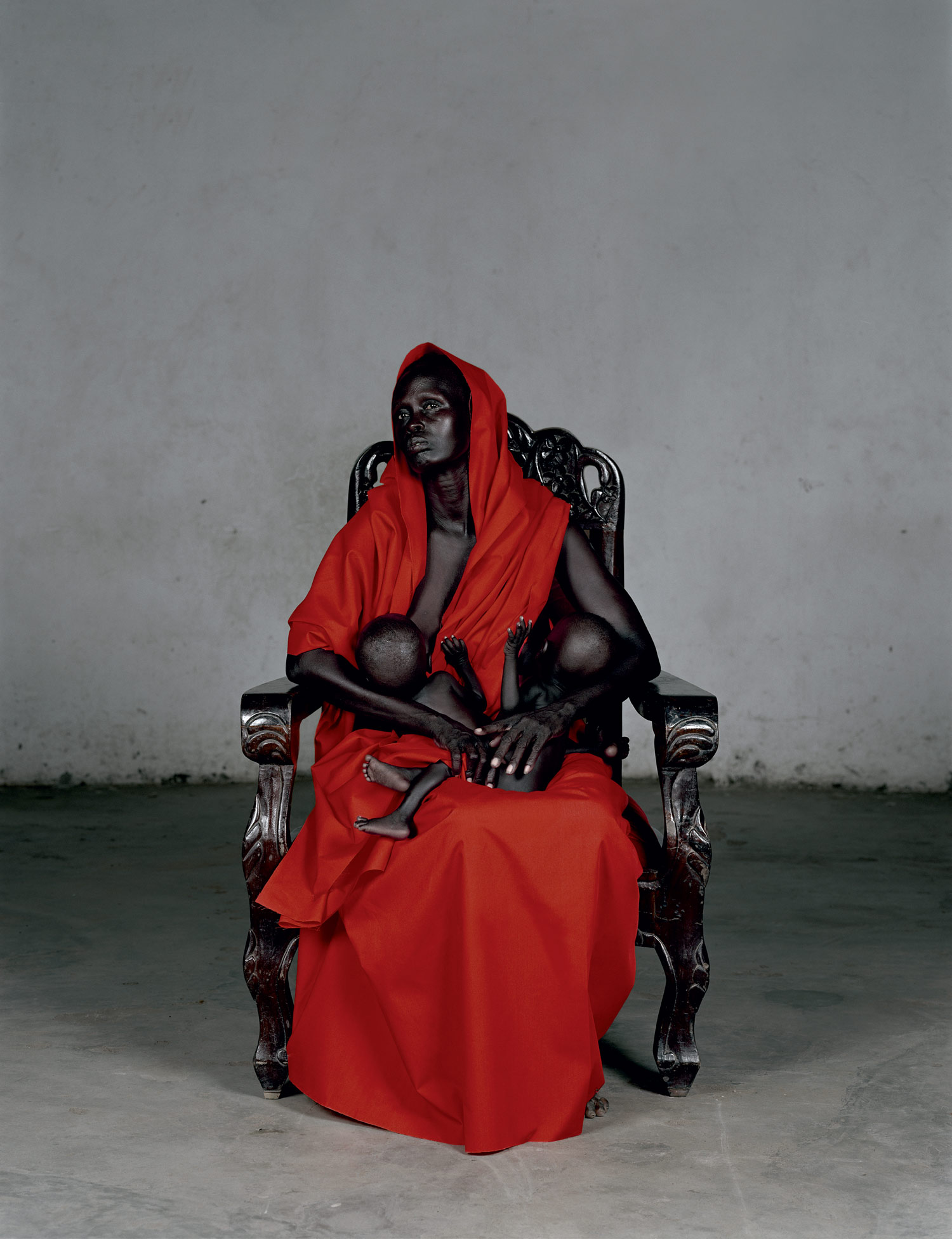
From Flash Art International No. 155 November-December 1990
Robert Mahoney: Let me ask you about what’s coming up; any major projects?
Brice Marden: I’m working on a group of six paintings, based on 17th-century Japanese poems. They’re called the “Cold Mountain” paintings. The forms come out of the number of characters in the lines of poetry, which are made up of four couplets. These are paintings that I have been working toward for a long time. I have no idea when they will be finished. I’ve also been doing a lot of drawings and etchings. It’s all related material.
RM: If these were the paintings that I saw in your studio, they’re quite large.
BM: They’re eight by twelve, and there is another which is eight feet by fifteen feet, which really isn’t part of the group, but I’d like to show it with the group.
RM: The critical response to your work moves slowly. My impression was that things were kind of set by 1975. It has been very difficult for anyone to get beyond some articles that were written in the mid-’70s and say something really new about your work since. For example, five years after you started painting in your new style, people still think of you as a minimalist. If you go back and read the criticism, there was a clear distinction between your work and minimal work. Jeremy Gilbert-Rolfe wrote an article that very carefully distinguished between the two. Do you ever think about the critical response?
BM: Well, we’re writing a book that’s going to come out that has a good essay by Klaus Kertess. It’s always difficult to write about abstract painting. There are a few pieces that stand out. But I really don’t expect much from the writers. I’m presently happy with the way my work is going. What I’d like from these paintings is to get them to the point where I really get lost and terribly confused, and then bring them back around. John Yau has written some pieces about the recent work. And I think Peter Schjeldahl’s piece for the first catalogue that I did with Mary Boone was very good.
RM: Many younger abstract painters now talk like critics, they talk about the fictive space and the real space. I just wondered if that way of thinking occupies your mind when you paint?
BM: No. It seems to me that I have to keep in contact with some very basic, almost primitive idea about painting: what is the actual act of painting? What is the thing you make? As for complex critical thoughts about making paintings, I just don’t develop them. When I talk about the forms in these new paintings, my way of talking is basic. They don’t have that much to do with the poems. I’ve been much more influenced by Chinese painting in the past eight years. The reading is just a way to get things started, but once you do then you’re struck with the same problem of making a painting. I don’t read much criticism.
RM: Did you ever read much of it?
BM: I read reviews. With this painting show I had in Cologne, with Michael Werner, I didn’t see anything written about it. I got some response because one of those paintings went to the Tate, and it’s up in the new hanging, so they mentioned it, but they don’t talk about it in terms of complex thought.
RM: This painting seems to come out of your drawings.
BM: I was very concerned about that. I always thought that drawing and what was happening in my paintings would come together, but they kept separate. I’m not schizophrenic, so I thought, I am going to have to make this effort to draw the two together. Also,I got to the point where I could go on making ‘Brice Marden paintings,’ and suffer that silent creative death. I also happened to be in a mid-life crisis. You get to this point where you just have to make a decision to change things. So I thought, OK, I’m not going to make these ‘Brice Marden paintings’ anymore, I’m going to deal with my real self.

RM: This painting seems to come out of your drawings.
BM: I was very concerned about that. I always thought that drawing and what was happening in my paintings would come together, but they kept separate. I’m not schizophrenic, so I thought, I am going to have to make this effort to draw the two together. Also,I got to the point where I could go on making ‘Brice Marden paintings,’ and suffer that silent creative death. I also happened to be in a mid-life crisis. You get to this point where you just have to make a decision to change things. So I thought, OK, I’m not going to make these ‘Brice Marden paintings’ anymore, I’m going to deal with my real self.
RM: And how did you feel after the first one of the new paintings?
BM: I had worked on a proposal for a commission on a stained glass window, in Basel. The reason I decided to work on it was because I thought that it would push my work. I introduced diagonals, which doesn’t seem like such a big thing, but when you’re working vertically and horizontally and you throw in a diagonal you have a completely different spatial thing. When I was first doing these more calligraphic paintings, Elizabeth Murray came by, saw them and said, “It looks like you have taken the grid and just twisted it around,” and in a sense that’s true. I think Basel was the start; on some level it liberated me.
RM: In these new works it’s almost like the space goes right through. There’s the twisted grid, but the eye goes right through it, though part of it gets stuck on the grid.
BM: Yes, the older monochromatic panels were, let’s say, more opaque. I could make a monochromatic painting still, but to me it would be very specific: one would be a Greek landscape, another one would be a New York landscape. The new work hasn’t worked into that kind of specificity. In a way, they’re still more abstract than the other work. That’s one of the reasons they are so large.
RM: Are there any young painters that you look at or that you think are interesting?
BM: I keep thinking there are, and I see things that I get enthusiastic about, but I’m not in very close touch. I’m not seeing anywhere near the number of shows I used to. There’s a whole lot of stuff that I can disregard. I mean Jenny Holzer, that’s not what I’m interested in looking at. I don’t go to galleries where you would find the younger painters. You get so isolated. I like being in New York, and I like being part of a community of artists, but at the same time you really lose contact if you don’t have the time. I have a family. I do studio visits, I saw some minimalist paintings, I thought they were good paintings. But when they finally had a show, I thought, yeah well, it’s all very interesting, but why would anyone want to paint like that now.
RM: When you’ve been around for several market cycles and you see that things do come and go, and they blow over and disappear, do you get more relaxed about it, or do you get still more and more out of touch.
BM: It takes a very romantic attitude. I watched a videocassette that was made about my work back in the ’70s. The things I was saying were really embarrassing. The theme is corny, but I believe it. I really believe that artists are involved in a much more self-conscious search for truth. Sure, there are ups and downs. I mean when I go to the opening of Julian Schnabel’s sculpture show at the Pace gallery and it’s packed with people, and around the corner Donald Judd is standing out in front of the Paula Cooper gallery talking to one person at his opening! Donald Judd is a much better sculptor than Julian Schnabel. So things look a certain way, but you know they’re not; you know what’s important.
RM: What about the connections made between your work and sculptors like Judd, or Carl Andre, do you take any credence in that?
BM: Carl is still somebody. I don’t know that much about his recent work, but now if you go to museums and you see the sixties room, Carl’s work still looks tremendous. You can say, well, it really hasn’t grown, but in a way why does it have to grow? You don’t feel a certain distance or perspective because you’ve been working longer, you think about your work in a different way. By comparison, it’s hard to see somebody young, and see their work, and identify with it that strongly.
RM: Do you think that the period from say ’67 to ’74 or so was a greater period of art from any period since?
BM: Well, [long pause] yes, I do. I think the people who have come to the fore since are not equal to the best of that period. I always considered postmodernism to be a political idea, it wasn’t really about aesthetics. In a way it’s kind of giving up on certain ideals, the belief that you can always make it better.

RM: It’s possible we’re just going through a period of decline but that it will come back.
BM: Oh, I don’t give up on art, there’re always people around really working. For a while, from what you were looking at in the galleries, it didn’t look like there was much abstract painting going on, but there was abstract painting going on.
RM: Back in the ’70s Jeremy Gilbert-Rolfe said that we will only understand Brice Marden when we realize that he is most like Robert Smithson.
BM: Oh, [laughs] really!
RM: Can you make any sense of that?
BM: There’s a very active group of artists who are in cultures that we would consider primitive (were they not ‘primitive’ after all they wouldn’t be valid in our culture), but they were modern primitives. I think of myself more as a primitive in this way too. I also have this theory about Canadian painting. Clyfford Still and Agnes Martin are two great primitive Canadian painters. And in American painting there is Pollock. Pollock is an entirely sophisticated Western modern artist but at the same time, he is more open to a primitive reading too. And in a way, Smithson, who I always was awed by and feared because of his great intellect, he was a great primitive, dealing with the earth, really dealing with the land — pretty basic stuff. If you get to the point where you think there are too many images, then you have to just keep on repeating the images. I don’t see any point in spending a helluva lot of time looking at, say, Sherrie Levine. It’s interesting on a certain level, same with Jenny Holzer. These are all fine ideas, they can exist, I don’t condemn them or anything like that, but I would rather just see something more basic, about the earth, and about the reality of how we live, something that is more explainable on basic terms.
RM: It does seem like you are opening up to the world more, with the interest in Chinese painting, Aboriginal art, it seems as if you are trying to transcend the Western tradition.
BM: In a way, I mean to me Picasso is no longer sacred.
RM: What about Cézanne, your hero in the minimalist period, is he still up there?
BM: He’s still there. Then again, the great thing about Cézanne, if you really want to get down to it, he was a primitive. For a guy to stand and paint his mother mountain and when you go to see Mont St. Victoire it really is like a giant teat coming out of the earth and not only stone, but mica, marble… Going around that landscape, you understand his identification with it. He was very concerned with all these ideas about modern art, but in a very basic kind of way.
RM: Your admiration of him is one of the constants then?
BM: I think Cézanne got picture-making to an unbelievably sophisticated level and a lot of modern art was a kind of decay that came after him. I don’t see Picasso as advanced as Cézanne, I see him as a sidetrack. Cubism was sort of a sidetrack. You can’t just put it down, but it wasn’t as important as we think it was. I see Pollock as a really major painter, on the level of Picasso. Picasso in a way is a really great artist, an awesome figure, but a bit misunderstood historically. I think Pollock is a clearly underrated great artist, even with the late paintings.
RM: OK, to finish, I just wanted to ask a hobbyhorse question of mine: did you pay much attention to the coming down of the Berlin Wall and have you given any thought to how that might affect the history of contemporary art?
BM: I think it will have an effect on art. There are really big political changes. I think America will have to become more isolated.





